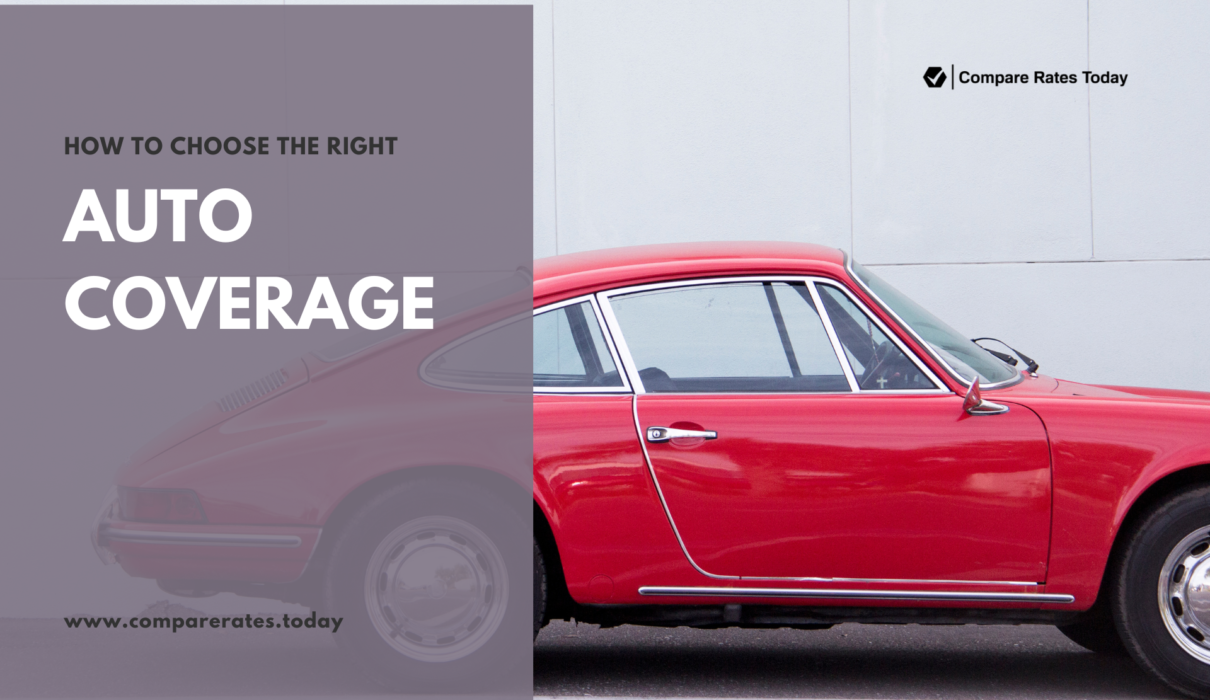Choosing the right auto coverage is crucial for protecting yourself and your vehicle on the road. Here’s a step-by-step guide to help you make the best decision:
- Understand Your State’s Requirements: Auto insurance requirements vary from state to state. Familiarize yourself with the minimum coverage mandated by your state’s laws. This typically includes liability coverage for bodily injury and property damage.
- Assess Your Needs: Consider your personal situation, driving habits, and financial circumstances. Are you leasing or financing your vehicle? Do you have significant assets to protect in case of a lawsuit? Understanding your needs will help you determine the appropriate coverage levels.
- Types of Coverage:
- Liability Coverage: This covers damages you cause to others in an accident. It’s usually split into bodily injury liability and property damage liability.
- Collision Coverage: This pays for damages to your vehicle in case of a collision with another vehicle or object.
- Comprehensive Coverage: This covers damages to your vehicle caused by incidents other than collisions, such as theft, vandalism, or natural disasters.
- Uninsured/Underinsured Motorist Coverage: This protects you if you’re in an accident with a driver who has insufficient or no insurance.
- Medical Payments Coverage/Personal Injury Protection (PIP): This covers medical expenses for you and your passengers regardless of fault.
- Gap Insurance: If you’re leasing or financing your vehicle, gap insurance covers the difference between what you owe on the car and its actual cash value if it’s totaled.
- Evaluate Deductibles: A deductible is the amount you pay out of pocket before your insurance kicks in. Opting for a higher deductible can lower your premium, but make sure you can afford to pay it in case of an accident.
- Review Coverage Limits: The coverage limits determine the maximum amount your insurance will pay for a covered claim. Make sure your limits are sufficient to protect your assets and cover potential liabilities.
- Shop Around: Get quotes from multiple insurance providers to compare prices and coverage options. Consider factors such as customer service reputation, financial stability, and discounts offered.
- Consider Additional Coverage: Depending on your needs, you may want to add extra coverage such as roadside assistance, rental car reimbursement, or custom parts and equipment coverage.
- Review Regularly: Your insurance needs may change over time due to factors like changes in your driving habits, vehicle value, or personal circumstances. Review your coverage annually to ensure it still meets your needs.
By following these steps and thoroughly evaluating your options, you can choose the right auto coverage that provides adequate protection and peace of mind on the road.

